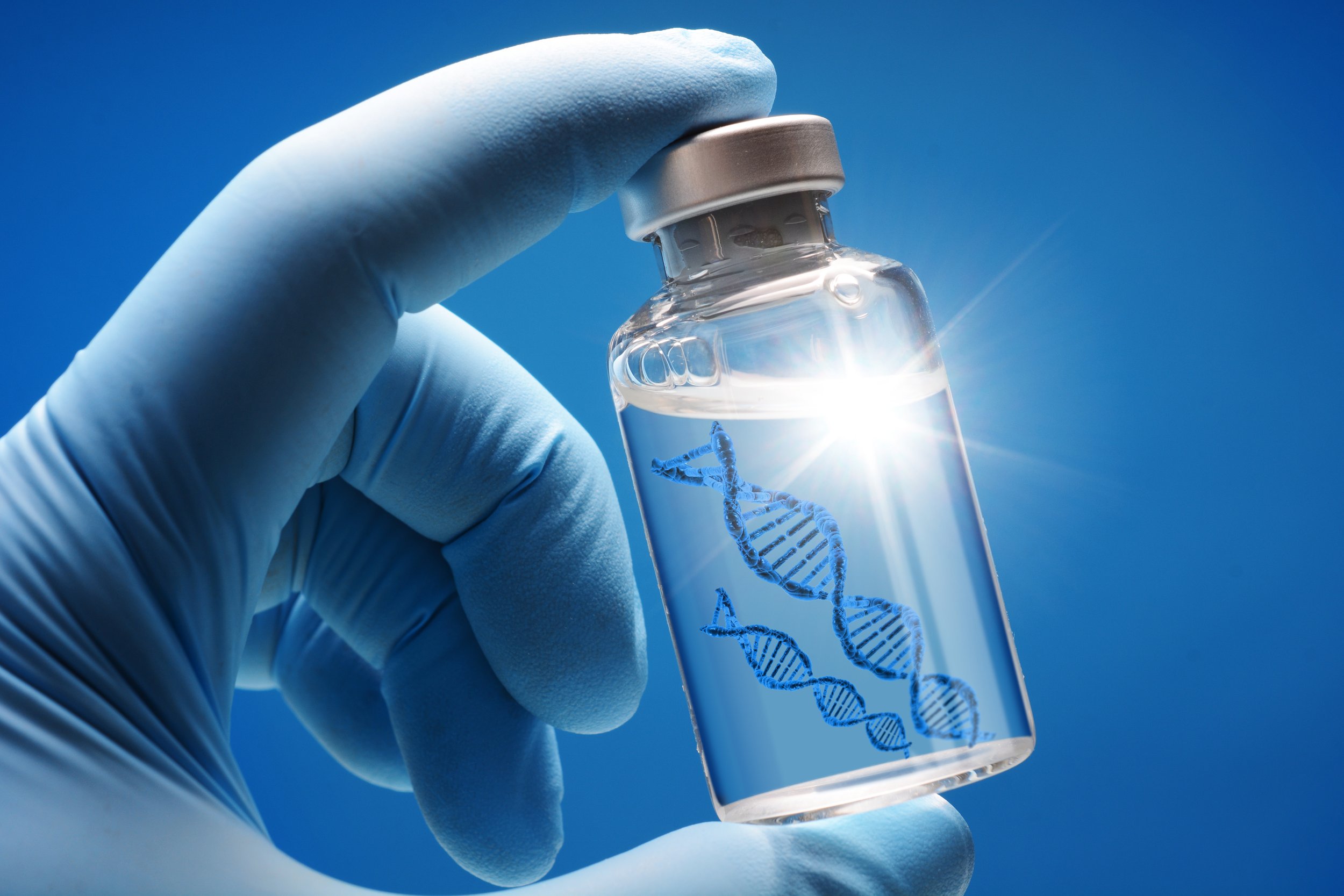What is the RAI1 Gene?
-

What is RAI1?
RAI1 is a transcription factor (gene) associated with Potocki–Lupski syndrome when individuals have a duplication of the gene and Smith–Magenis syndrome when individuals have deletions of the gene, It is known as retinoic acid induced 1.
In molecular biology, a transcription factor (TF) (or sequence-specific DNA-binding factor) is a protein that controls the rate of transcription of genetic information from DNA to messenger RNA, by binding to a specific DNA sequence. The function of TFs is to regulate—turn on and off—genes in order to make sure that they are expressed in the desired cells at the right time and in the right amount throughout the life of the cell and the organism. Groups of TFs function in a coordinated fashion to direct cell division, cell growth, and cell death throughout life; cell migration and organization (body plan) during embryonic development; and intermittently in response to signals from outside the cell, such as a hormone.
-

Why is RAI1 Important?
Having an extra copy of the RAI1 gene in each cell is thought to underlie many of the major features of Potocki-Lupski syndrome. All of the duplications known to cause Potocki-Lupski syndrome contain the RAI1 gene. Studies suggest that the duplication increases the amount of RAI1 protein, which disrupts the expression of genes. Too much RAI1 protein may disrupt brain development, which could account for delayed development, intellectual disability, behavioral problems, and other neurological features of this condition.
This is where you come in! we believe that correcting the dose of RAI1 in our children with Potocki Lupsk Syndrome will not only relieve them of some of the most bothersome symptoms it may even be possible o reverse some of the more serious symptoms and vasty improve their quality of life.
we cannot conduct this research without your generous donations & contributions.
-

Why are we focusing on RAI1?
Smith Magenis Syndrom research suggests that correcting the dose of RAI1 can not only be beneficial for those with the syndrome but in some instances can reverse symptoms of the syndrome - we believe it will be the same case for those with PTLS also.
Haploinsufficiency of Retinoic Acid Induced 1 (RAI1) causes Smith–Magenis syndrome (SMS), a syndromic autism spectrum disorder associated with craniofacial abnormalities, intellectual disability, and behavioral problems. There is currently no cure for SMS. Here, we generated a genetic mouse model to determine the reversibility of SMS-like neurobehavioral phenotypes in RAI1 heterozygous mice. We show that normalizing the Rai1 level 3–4 wk after birth corrected the expression of genes related to neural developmental pathways and fully reversed a social interaction deficit caused by Rai1 haploinsufficiency. In contrast, RAI1 reactivation 7–8 wk after birth was not beneficial. We also demonstrated that the correct Rai1 dose is required in both excitatory and inhibitory neurons for proper social interactions. Finally, we found that Rai1 heterozygous mice exhibited a reduction of dendritic spines in the medial prefrontal cortex (mPFC) and that optogenetic activation of mPFC neurons in adults improved the social interaction deficit of RAI1 heterozygous mice. Together, these results suggest the existence of a postnatal temporal window during which restoring RAI1 can improve the transcriptional and social behavioral deficits in a mouse model of SMS. It is possible that circuit-level interventions would be beneficial beyond this critical window.
*One human year roughly translates to 9 mouse days.